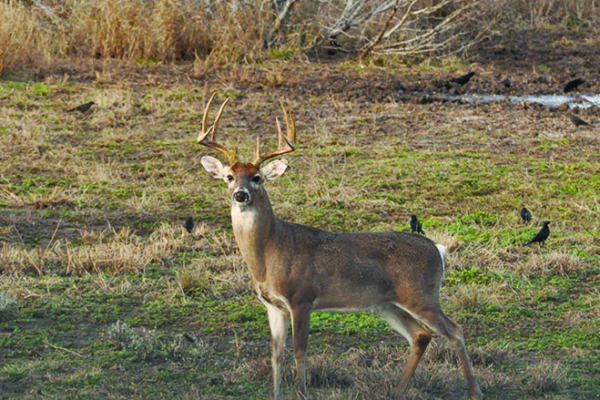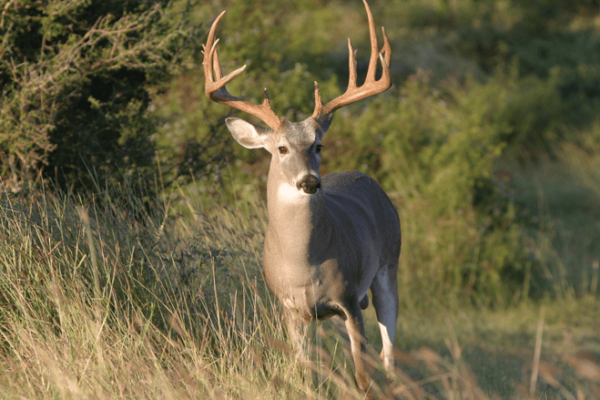CONSERVING THROUGH HUNTING
Horace Gore, Wildlife Biologist
Texas Trophy Hunters Association is thought of by many as a hunting organization. It is, but it provides energy for wildlife conservation more than you would think. We hear a lot about conservation these days—conservation of water, forests, wildlife, fossil fuels, and so on. In Texas, several wildlife conservation groups exist, with Texas Trophy Hunters right up in the forefront of wildlife conservation. You might ask, “But, how does hunting help conserve wildlife?”
Conservation has been a household word since the turn of the 20th century, when President Theodore Roosevelt started a trend of conserving wildlife by limiting hunting and preserving habitat. As president, and an avid hunter, Roosevelt saw what was happening to America’s wildlife and its habitat by the western movement of civilization, and the land and wildlife uses that were coming with the people.
Roosevelt, with the help of some close influential friends, established national parks and promoted conservation of the nation’s wildlife resources. Years later, under Franklin D. Roosevelt’s administration, the Pittman-Robertson Act passed in 1937, which provided wildlife restoration funds from federal excise taxes on firearms and ammunition.
The government distributed millions of dollars to the states, based on hunting license sold, which helped with restoration of deer, wild turkey and pronghorns throughout the United States. The government also spent restoration funds on everything from birds to bears.
Texas received millions of dollars each year, and white-tailed deer, wild turkey and pronghorns were trapped and transplanted to suitable habitats throughout the state. By 1960, thousands of deer and turkeys flourished on farms and ranches from the Panhandle to the Rio Grande. Pronghorns did well on suitable ranges in the Panhandle and West Texas. The economic value of hunting soared, increasing hunting license sales and providing hunting recreation and income to thousands of Texas citizens.
Texas’ Game and Fish Commission—later named Texas Parks and Wildlife Department—established seasons and bag limits to permit an appropriate harvest of huntable wildlife species, while conserving a breeding population to ensure hunting for the future. Today, Texas is at the top in conservation efforts, along with some of the best hunting in the nation. Over a million Texas hunting licenses get sold.
Early in U.S. history, people learned a lesson on conservation practice involving the economic value of wildlife. Birds and animals having economic hunting value get preserved and conserved with money provided by the hunters themselves. In essence, the more a bird or animal gets hunted, the more money becomes available from hunters to provide habitats and reproduction of that species. So, the history of conservation of wildlife in the United States has been directly associated with hunting.
Some national organizations provide direct efforts and funds to wildlife conservation, like Ducks Unlimited, Pheasants Forever, Rocky Mountain Elk Foundation and Quail Coalition. Texas has organizations, too, including ours. At Texas Trophy Hunters Association, we promote the hunting and conservation of white-tailed deer and other Texas game species. One of our key elements is to provide literature, logos, hunting products, and trade shows to provide excitement of the hunt. These things promote the buying of hunting licenses and the thrill of deer and turkey hunting for the benefit of landowners and those who enjoy “America’s healthy red meat.”
TTHA ensures its membership, along with 800,000 deer hunters, have the opportunity to read exciting hunting stories in The Journal, attend hunting shows in three cities, participate in many exciting hunting activities such as deer contests, and enjoy many other features of those shows—the Hunters Extravaganzas. TTHA is very much involved with wildlife conservation in Texas by promoting hunting, which is the foundation of wildlife conservation in Texas and the USA.





